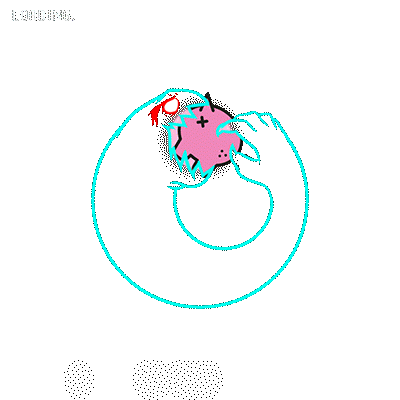Art Enriching the Community:
A New Approach
Imagine a community where art plays a significant role in promoting local economic growth. In this community, a unique system has been established to support artists and uplift the local economy. Let’s break it down step by step.
First, when an artist sells a piece of artwork for $10,000, something special happens. Instead of just pocketing the money, the entire community benefits. The $10,000 is deposited into a special financial institution called a credit union. You can think of a credit union as a local cooperative bank that serves the community’s needs.
The Role of Credit Unions and YUMs in the Process
This credit union does something remarkable. It takes that $10,000 and creates a local currency called “YUMs.” For every dollar received, they produce a corresponding “YUM.” So, in this case, the credit union creates 10,000 “YUMs.”
But that’s not all. The original artwork stays within the community, allowing everyone to appreciate its beauty and cultural significance. Instead of providing the buyer with the actual artwork, a digital copy known as an NFT is created and then provided. In contrast to the current culture of buying and selling art, this enables the buyer to be acknowledged significantly more and still have the option to profit.
NFTs:
A Digital Twist on Art Ownership
Here’s where things start to get really interesting. The community gains once more if the buyer decides to sell the NFT at some point in the future. The original artist and the founding credit union can each receive a portion of the NFT’s sales proceeds, ensuring that the local community continues to benefit from the wealth the artwork has generated. This novel strategy not only transforms the conventional art market but also encourages cooperation and support between collectors and artists.
Community Empowerment Through Local Wealth
Also, as a result of this transaction, the funds transferred to the credit union are held for the community and increase the value of the local currency. The only way to use dollars held for the community is to exchange local dollars for them. This ensures that the wealth generated stays within the community and stimulates local economic growth. Additionally, this innovative approach fosters a sense of pride and ownership among community members as they witness the direct impact of their support on the local art scene and economy.
A Sustainable Ecosystem:
Thriving Together
With this increased value, the community can do amazing things. The credit union can distribute the “YUMs” to local mutual aid initiatives. These initiatives aim to support those in need, fostering a sense of solidarity and cooperation within the community. Providing “YUMs” for food security means Mutual Aid initiatives shop at Cooperative Foods that replenish through Community Gardens, expand through Community Land Trusts, and connect with Credit Unions. By supporting local mutual aid initiatives, the community not only addresses immediate needs but also strengthens its resilience and self-sufficiency. The collaboration between Cooperative Foods, Community Gardens, Community Land Trusts, and Credit Unions creates a sustainable ecosystem that uplifts the entire community and promotes long-term economic growth.
Art, YUMs, and the Path to a Vibrant Local Economy
So, in summary, this unique system allows the community to benefit from art in multiple ways. It supports local artists by purchasing their artwork, keeps the physical pieces within the community for everyone to enjoy, and generates a local currency, the “YUMs,” which helps fund mutual aid initiatives. And when NFTs associated with the artwork are sold, the resulting profits further increase the value of the “YUMs,” making the community’s local currency even more valuable.
Overall, this approach demonstrates how art can contribute to a vibrant and sustainable local economy where creativity and community thrive together.
CONTRIBUTORS
“A community that populates solidarity is a community that is protected, not policed.”











